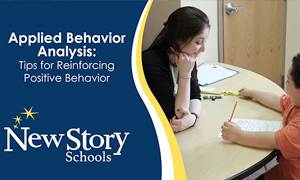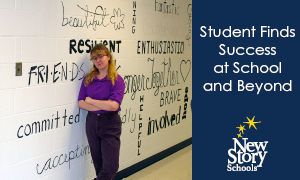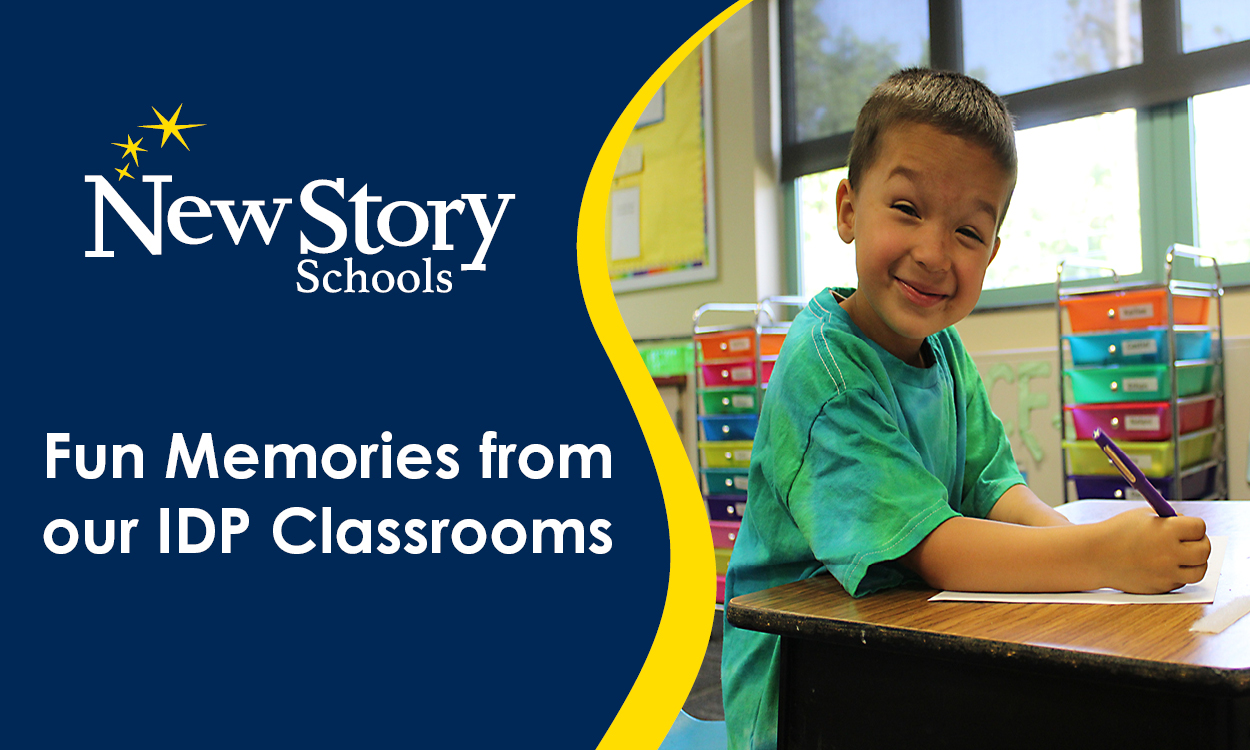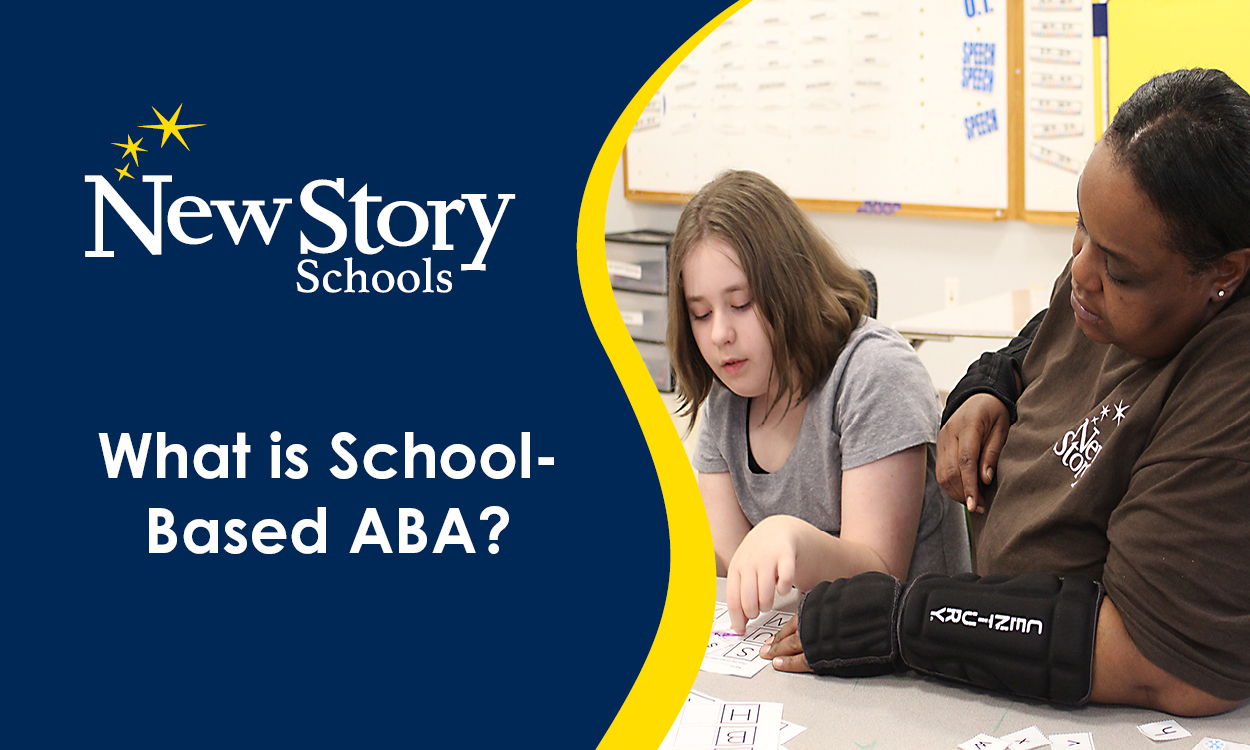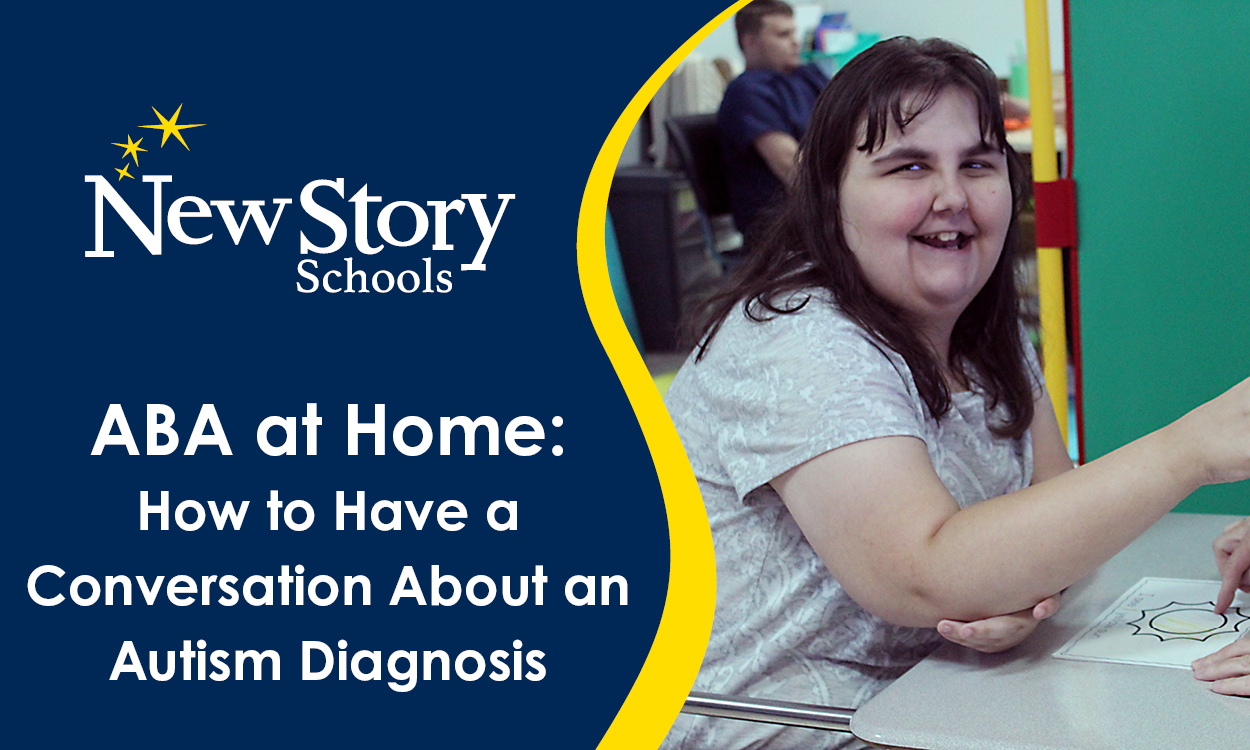Understanding All Your Child’s Placement Options
Posted: September 30, 2020 | Written By: Dr. Ashara Cashaw | Category:

Once your child’s individualized education plan (IEP) has been completed, the IEP team will make a recommendation about placement. The placement decision is based on the services that your child needs and several other factors. IEP teams are required by law to identify placements that in the least restrictive environment possible to accommodate your child’s needs.
Placement options generally include:
- Regular education classroom with no support
- Regular education classroom with direct or indirect special education support (i.e. consultation teacher services)
- Regular education classroom with co-teaching model
- Regular education classroom and resource room services (your child will be pulled out of the classroom and instructed by a special education teacher in a separate room)
- Self-contained classroom in a general education school
- Self-contained class in a separate public school
- Self-contained class in non-public school
- Residential facility
- Homebound/hospital
Children with a disability should be educated, to the maximum extent appropriate, with children that do not have disabilities (e.g., in a regular education classroom). The IEP team will consider if your child can remain in their regular education classroom and achieve the IEP goals and objective with supplemental supports and services. If that is not possible, then the team must decide the best placement option that will provide the opportunity for interaction with other peers without disabilities, to the maximum extent possible, and as close to his/her home school as possible.
Factors that IEP teams consider before removing a student from a regular education classroom:
- The nature and severity of the disability (cannot be the only factor)
- The diverse learning styles that would require your child to be educated in a setting other than the regular education classroom
- The need for specially designed materials, supplies or equipment that would prohibit access to the curriculum and goals of the regular education class
- Significant modifications to the regular education curriculum that would have an adverse effect on the educational program and learning environment for other students in the class
- The extent to which your child is distractible
- The inability of your child to engage appropriately with other students
- The significant disruptions that would occur in the regular education classroom that would have a negative effect on the education of other students
- The degree to which your child would not benefit from placement in the regular education class
IEP teams cannot base a placement decision solely on any of the following:
- The category of your child's disability
- The configuration of schools in the district
- The availability of related services
- Curriculum content
- Methods of curriculum delivery
- Availability of space
- Budgetary factors
- The severity of the disability
- Administrative convenience
Taking the time to visit a variety of placement options is a good way that parents can ensure they are fully equipped to contribute to informed decisions about your child’s placement. For more information and support around special education services for your child in Pennsylvania consider exploring the following resources:
Want to be notified of new articles and resources from New Story Schools? Submit your email and opt into our newsletter!


